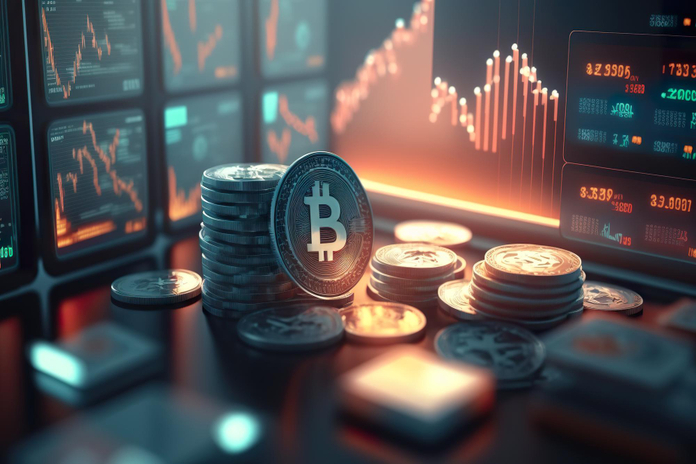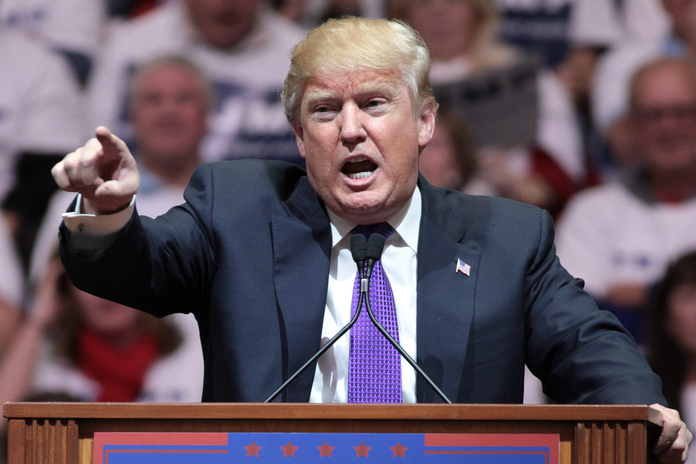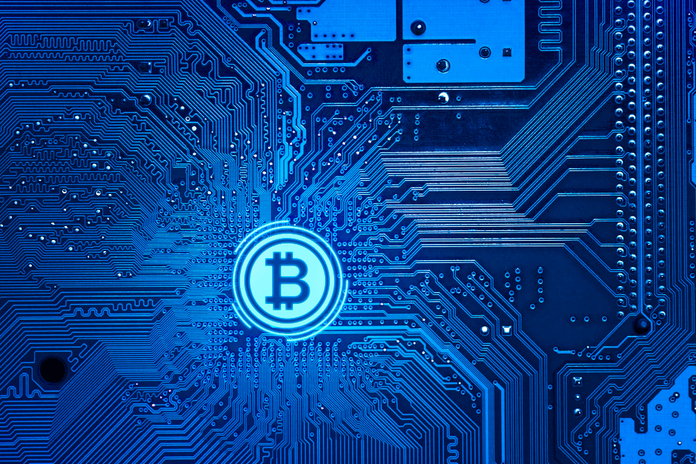Superstate Launches Crypto Carry Fund for Bitcoin & Ethereum

Superstate, a crypto firm specializing in tokenizing conventional financial services, has launched its new Crypto Carry Fund. This innovative fund is designed to capitalize on the arbitrage opportunities between the spot and futures markets for Bitcoin and Ethereum, providing high yield returns for wealthy investors. The fund, issued as an Ethereum ERC-20 token, marks a significant step in making sophisticated financial strategies more accessible and liquid.
Arbitrage Opportunity in Crypto Markets
For years, savvy investors have capitalized on the spread between Bitcoin prices in the futures market and the spot market. This strategy, known as the cash-and-carry or basis trade, typically yields a premium due to the more bullish nature of futures prices. However, this approach requires considerable time and attention, making it less accessible for many traders.
Superstate, founded by Robert Leshner, aims to simplify this process. Leshner, renowned in the crypto community for his success with the DeFi platform Compound, explained that the new Crypto Carry Fund tokenizes the arbitrage trade, making it easier and more liquid for investors. The tokens, known as USCC, can be traded among investors, enhancing their liquidity.
Fund Structure and Investment Strategy
The Superstate Crypto Carry Fund will primarily invest in arbitrage opportunities involving Bitcoin and Ethereum. During periods when the spread does not present a profitable opportunity, the fund will allocate investments to safer assets such as Treasury Bills. Unlike traditional hedge funds, Superstate’s fund does not have a lock-in period, allowing investors to access returns on a daily basis.
Jim Hiltner, Superstate’s co-founder, highlighted the cost advantages of the fund. Charging a fee of 75 basis points, the fund is more economical than typical hedge funds, which often charge a two-and-twenty rate. Additionally, the fund is designed to be resilient against margin calls and maintains a cash buffer for added security.
Investor Accessibility and Market Impact
Currently, the Superstate Crypto Carry Fund is available only to qualified purchasers with assets of $5 million or more, and the minimum buy-in is set at $100,000. While this limits the initial accessibility, the founders hope to broaden the availability over time. Despite this restriction, the fund is groundbreaking in its full compliance with U.S. regulations, setting a precedent for future financial products in the crypto space.
In a broader context, Superstate is at the forefront of a growing trend in the crypto industry: tokenizing conventional assets. This approach is gaining traction as Wall Street increasingly embraces blockchain technology. Major financial institutions like Goldman Sachs are planning to launch tokenization projects, indicating a significant shift towards integrating traditional finance with the crypto world.
Future Prospects and Industry Trends
Superstate’s first fund, launched earlier this year, has already accumulated $100 million in assets. This success underscores the growing interest and acceptance of tokenized financial products. Leshner noted that some prominent names from traditional finance are expected to join an industry council focused on tokenizing real-world assets, further solidifying the integration of conventional and crypto finance.
“We’re getting exactly the traction we wanted,” Leshner said. “More important than AUM is that intermediaries such as prime brokers are getting wired into crypto.”
As Superstate continues to innovate and expand its offerings, the Crypto Carry Fund represents a significant milestone in bridging the gap between traditional financial strategies and the burgeoning crypto market. By making sophisticated arbitrage trades accessible through tokenization, Superstate is paving the way for more mainstream adoption of crypto-based financial products.
Conclusion
The launch of Superstate’s Crypto Carry Fund for Bitcoin and Ethereum arbitrage marks a pivotal development in the financial industry. By leveraging the efficiencies of blockchain technology and addressing the needs of sophisticated investors, Superstate is set to play a crucial role in the evolving landscape of finance. As the fund grows and potentially becomes more accessible, it exemplifies the innovative potential of merging traditional financial strategies with the crypto market.
Featured Image: Freepik

